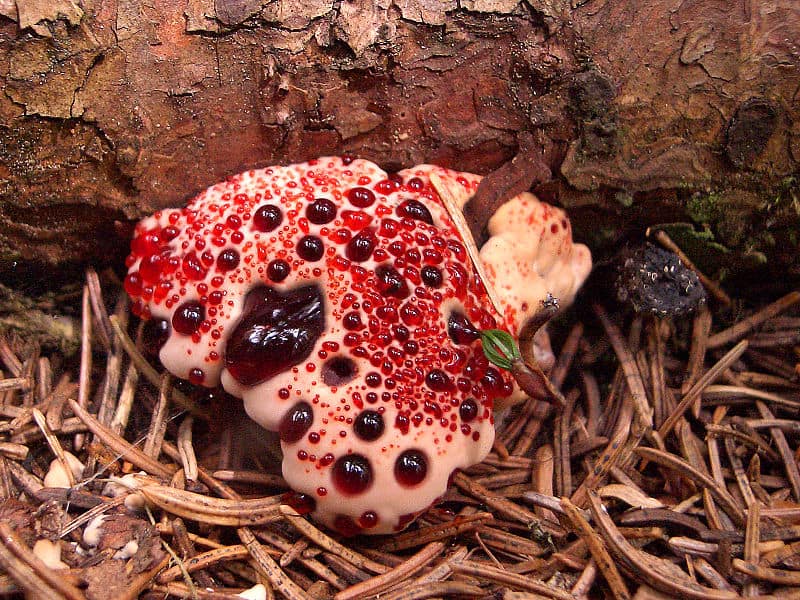
Bleeding Tooth Fungus Facts
- This attention-grabbing work of Nature most frequently goes by the extraordinary common name of Bleeding Tooth Fungus across its native range. Yet, it also holds several other titles. These include the terms Red-juice tooth, Devil’s tooth, and Strawberries and Cream fungus.
- Within the scientific community, however, it’s perhaps better known by its purely technical designation. Unfortunately, that’s a tag that’s rather difficult for the layperson to pronounce. That’s because the distinctive species holds the official moniker of Hydnellum peckii.
- This marvel of evolution received that particular epithet due the efforts of Howard James Baker. The respected American mycologist accomplished the first formal acknowledgement of it as a separate and distinct species. He achieved this scientifically noteworthy feat in 1913.
- Given its visually unpleasant appearance, many people believe it to be toxic in nature. Technically, though, it contains no chemicals that make it dangerous to consume. Yet, it’s not typically considered edible. That’s due to a tough texture and extremely bitter taste, however.
- Fortunately, the remarkable Bleeding Tooth Fungus appears to be maintaining a population base that’s both stable and sufficient. That pleasant state also seems to hold true throughout the entirety of its native range. The IUCN thus currently has no listing for it on its Red List.
- This wonder nevertheless still faces numerous potential threats to its continued existence as a species, at least. Like all forms of life on earth today, most of these stem from the actions of man. They include the closely related perils of habitat loss and ongoing climate change.
Related Articles
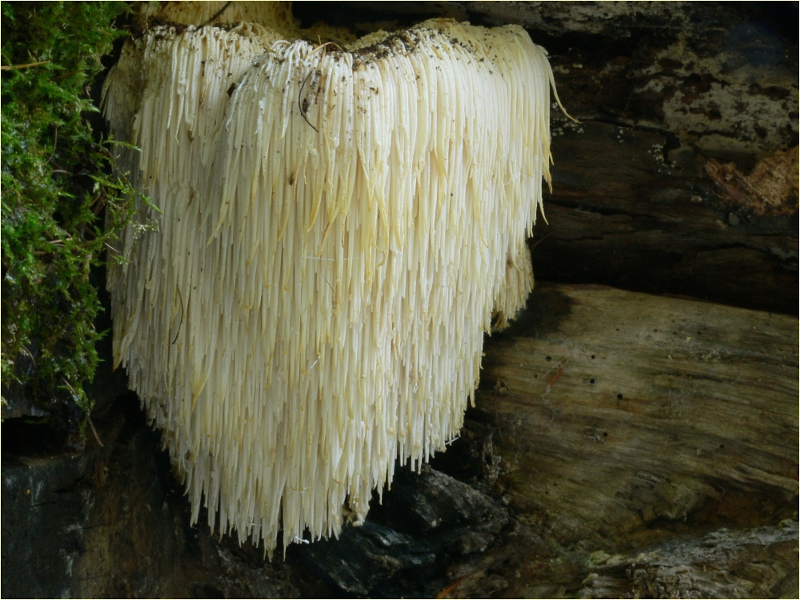
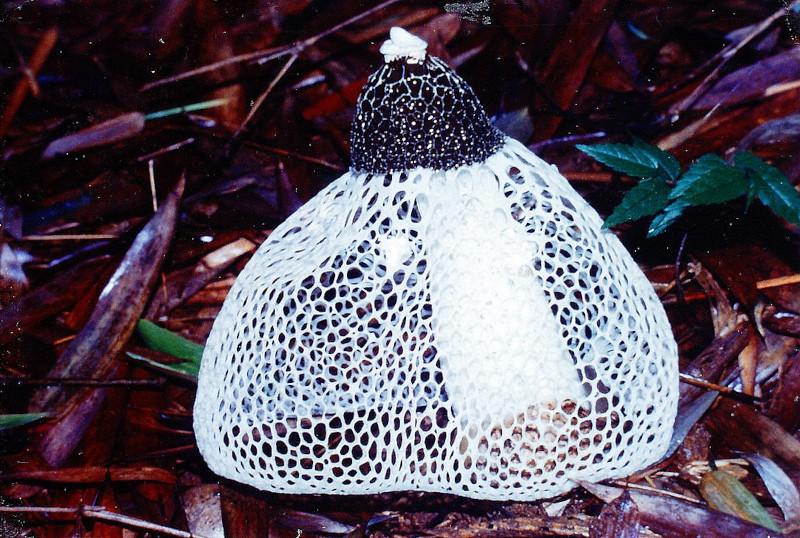
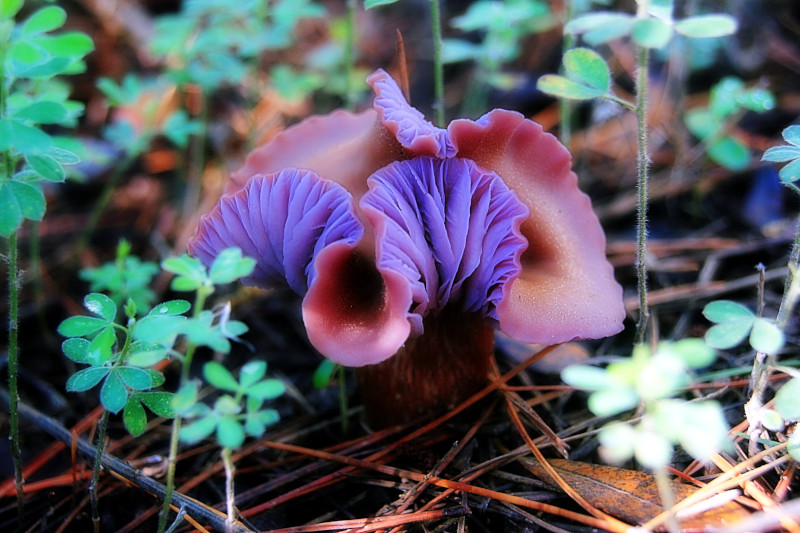
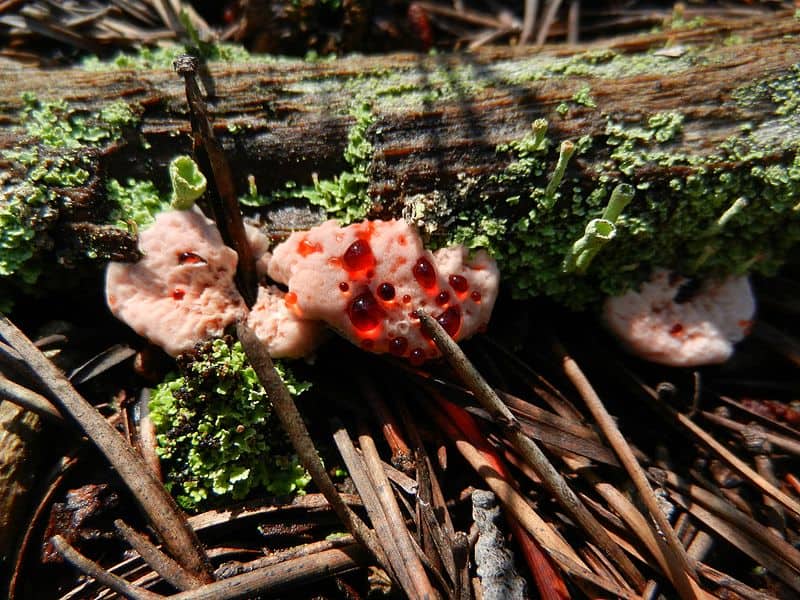
Bleeding Tooth Fungus Physical Description
The astonishing Bleeding Tooth Fungus rarely fails to capture the attention of those individuals who encounter this creation of Nature. Its appearance, considered gruesome by some, obviously ranks as chief among these, especially given the fact that physically it’s only an average-sized mushroom.
Like some of its many kindred found around the world, it possesses a cap and stem structure. The stem evolved a tough, fibrous nature. Vertically, this feature only averages a height between 0.5 – 1.5 in (1 – 3 cm). It’s also quite thin, with a mean diameter of roughly 0.2 – 0.6 in (0.5 – 1.5 cm).
The cap itself, meanwhile, also remains notably small. This develops as rounded, flat to slightly depressed, and occasionally becomes irregular as it matures. Unlike the stem, it possesses a felt-like or velvety texture to its surface. This aspect of the fungus averages 1 – 4 in (2.5 – 10 cm) across.
In color, the small cap typically presents as a pale shade of beige, whitish, or occasionally even pink when young. This color darkens to brown with age. The stem, though, mainfests a pattern of color that ranges from similar to or darker than the cap. This includes shades of grayish or brownish hues.
Obviously, however, the aspect of the remarkable Bleeding Tooth Fungus that usually captures the most attention also serves as the source of the common name. Drops of a deep red, pigment-rich fluid appear on the cap. Notably, these only manifest when the fungus is young and still moist.
Yet, one more feature of its biology also serves to provide this mushroom with a distinctive appearance. On the underside of the cap, instead of gills or pores, it displays multiple short, tooth-like spines. These present as whitish when it’s young, but slowly darken as the individual ages.
- Kingdom: Fungi
- Phylum: Ascomycota
- Class: Agaricomycetes
- Order: Thelephorales
- Family: Bankeraceae
- Genus: Hydnellum
- Species: H. peckii
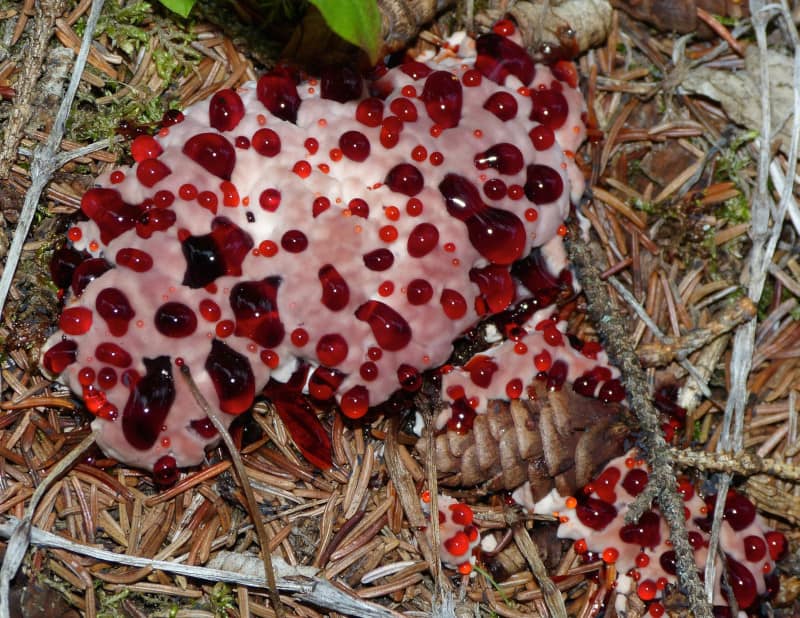
Bleeding Tooth Fungus Distribution, Habitat, and Ecology
Impressively, the fascinating Bleeding Tooth Fungus appears to be indigenous to an extremely extensive swathe of the surface of the earth. Within that broad zone of habitation, though, it simultaneously seems to be present in only widely scattered concentrations across that territory.
The majority of its known populations reside within the borders of North America. There, it’s dound in certain portions of both the United States and Canada. In that latter country, however, it has only a limited presence. There, the wonder’s only known to be present in British Columbia.
Inside the national borders of the contiguous United States, meanwhile, it appears most commonly in the states of Oregon and Washington. Another concentration’s also found in the northeast. It’s found sporadically in places such as New York and Pennsylvania, and the Appalachian Mountains.
In Europe, it’s reportedly present in a total of 6 countries. Those select settings consist of Germany, Norway, Scotland, Sweden, Finland, and France. It’s also known to be present in small, rare groupings in 3 nations in Asia. Those locations consist of the countries of Iran, Korea, and Russia.
Much like many of its many kindred, this creation of Nature and evolution displays decidedly clear and precise preferences regarding its choice of habitat. Though occasionally found in mixed forests, coniferous forests are its favorite setting. It’s especially associated with pine and spruce.
Distinctively, it also maintains a strong preference for highly acidic soils. Generally, the marvel grows best among areas of well-drained, sandy or loamy forest floors. Within these settings and conditions, it’s often found on mossy ground, scattered among either leaf litter or conifer needles.
Elevation plays an important role in its selection of habitat. Populations more common appear at higher elevations or in northern latitudes with high humidity and moderate summer temperatures. In these settings, it’s found in cool, moist environments, typically in temperate to boreal zones.
The Bleeding Tooth Fungus plays both a unique and vitally important role in its forest ecosystems. Its striking appearance forms just part of its fascinating ecology, which involves symbiotic relationships, specialized habitat requirements, and extreme sensitivity to environmental changes.
It forms a symbiotic relatinship with certain trees, mainly the referenced spruce and pine. The fungus wraps around tree roots, extending into the soil. It helps the tree absorb water and nutrients, especially phosphorus and nitrogen. From the tree, it receives sugars from photosynthesis.
Like all fungi, it reproduces via the spreading of spores. It releases these from its toothed underside, with the spores falling to the forest floor. From there, these rely on the actions of wind to spread them to different locations. Spores only thrive in specific conditions, contributing to its rarity.
Species Sharing Its Range
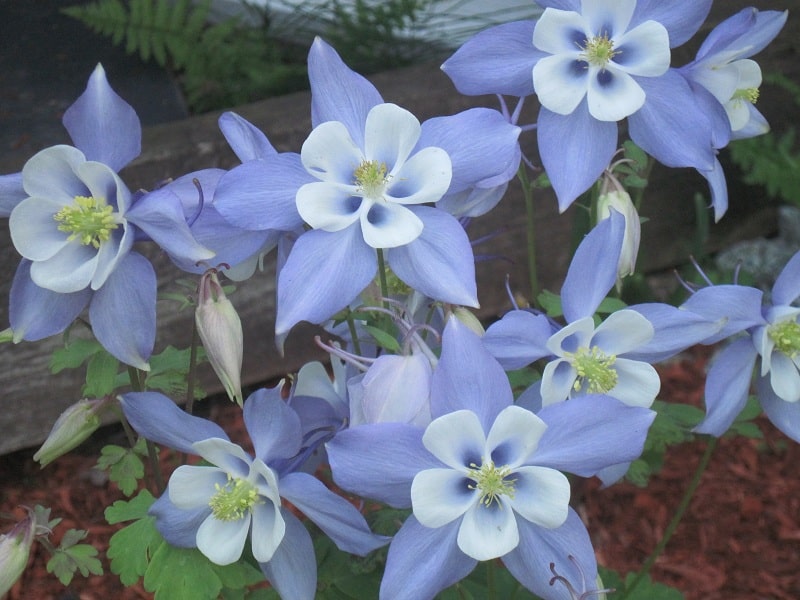
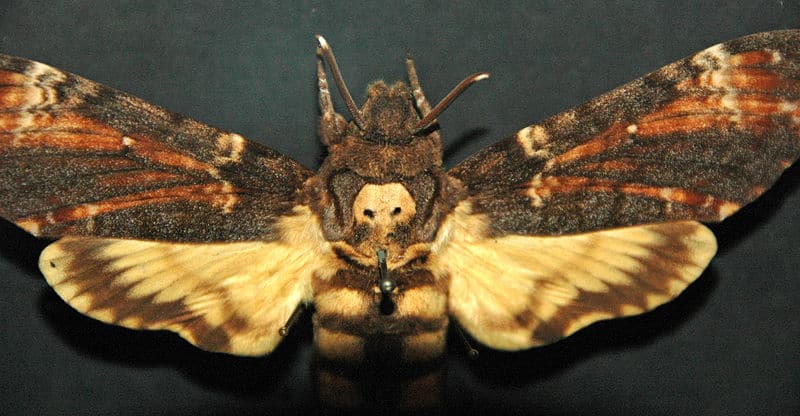

Check out our other articles on 5 Amazing Galapagos Islands Species, Jackfruit Tree, Crater Lake, Coral Pink Sand Dune Beetle, Thorny Dragon, Hellbender Salamander, Atlantic Trumpetfish









Leave a Reply